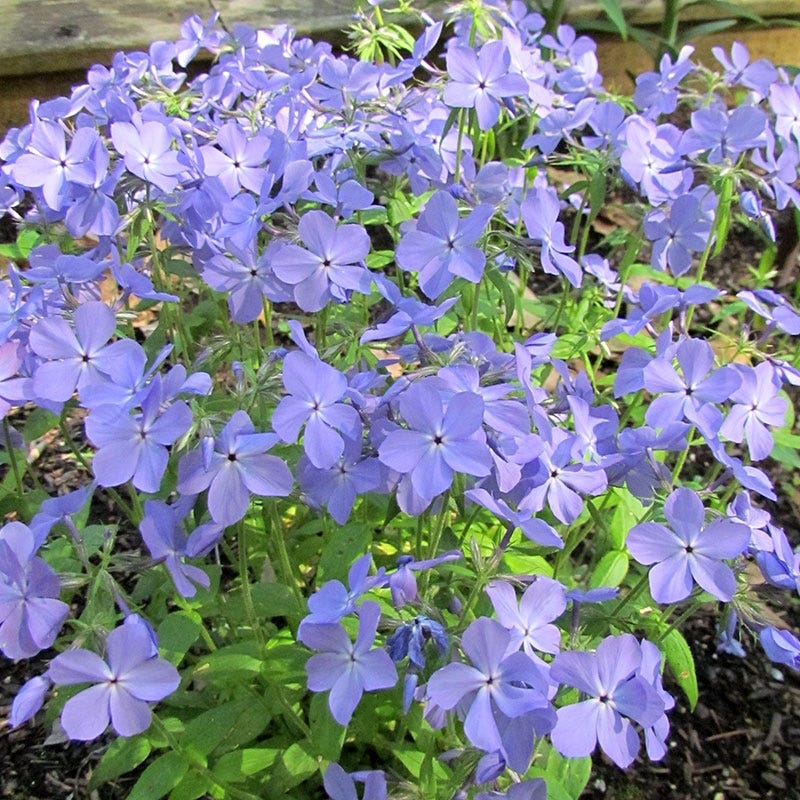
Maintenanceĭuring the first year, new plantings will need some weeding and watering to establish.

Calculate the total bed area to be planted by determining the bed's square footage, then divide this amount by the square footage of each plant at maturity. Clump-forming plants such as liriope or monkeygrass will need to be planted closer together to fully vegetate the zone. Plants that vine will cover larger areas over time. The quantity of groundcover plants needed depends upon the types of plants to be selected and the amount of bed space to cover. Fold in the fabric edges to dig the planting hole. To plant, simply move the mulch and slice the fabric in an 'x' fashion about 6 inches long. Add a thick layer of mulch (at least 2" of pine straw, bark, gravel, stone, or wood chips) on top of the weed fabric to reduce soil temperatures and to moderate moisture. For sunny or problem weed areas, it is best to use a permeable weed fabric to reduce unwanted vegetation. Add any soil amendments needed and till the ground several inches (avoid injuring nearby tree roots) to loosen the soil. If lawn grass or weeds are growing in the groundcover area, use an herbicide to control existing vegetation (read the product label for application and use). Choose bed edging materials and forms that best complement the design and character of the home and surrounding paving types. Plants that vine, such as asian jasmine or vinca, will need bed edging to contain their sprawling stems. 'looks right') to the surrounding vegetation types and available garden space. The size of the groundcover area should be in proportion (i.e. The first step in establishing groundcovers is to determine the bed shape and size. In areas that are too shady for lawn grass to properly grow, such as under the dense shade of oak or magnolia trees, shade-loving groundcovers are the perfect choice. There is a wealth of plants suited for groundcover use in Mississippi, and varieties should be selected according to the amount of sun or shade available in the desired area. They may be evergreen or deciduous, and can be creeping, clump-forming, trailing, or prostrate in form. Groundcovers are typically low growing plants less than three feet in height. A variety of groundcovers also provides visual contrasts of color, texture, and pattern with other nearby materials. A use of a solid groundcover unifies individual plantings of shrub and tree groupings and defines planting beds and boundaries. In the design of the home landscape, groundcovers define the ground plane and provide interesting combinations to traditional turf and paving. These low growing plants control soil erosion, reduce glare and heat, slow and absorb rainwater run-off, compete against weeds, muffle sounds, and help to direct pedestrian traffic.

Groundcovers serve many important functions in the home landscape.


 0 kommentar(er)
0 kommentar(er)
